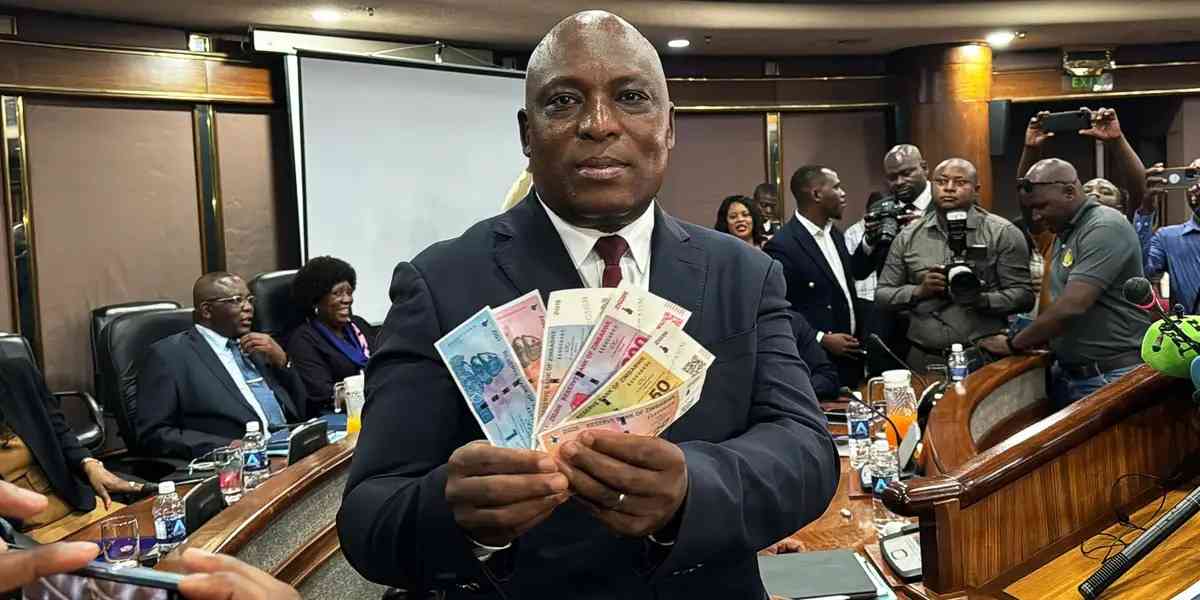
The procurement function seeks to improve at every stage in the operating procedure as a continuous process that allows for the organisation to be able to benchmark its performance against past experience and improve greatly as time goes on. Performance boils down to effectiveness and efficiencies optimally working together in the perfect blend to obtain results in the tendering stages that the department and organisation undertakes.
NYASHA CHIZU
Many have failed to comprehend and measure performance management indicators that have a great impact on the competitiveness of any supply chain in any market and have felt the effects impacting on the profit margins and greatly reducing their competitiveness. This is more clearly evident in markets, where the product is the same, and one organisation seems to thrive where another struggles, and yet the price is more or less the same of the final product.
The three stages to managing performance management stem right from the pre-tender stage, to the tendering stage and then the post-tender stage. Management is, therefore, seen as an end-to-end process that is not limited to just contracting and measuring against key performance indicators set out explicitly in the document, but as a process beginning within the buying organisation’s own management systems.
It is impossible to talk effective management without first having detailed the planning stage. This is where effective management can be won or lost. You have to be able to ask yourself as a department and organisation whether your annual procurement plan has been set out and detailed explicitly and checked against the budget to be able to control spending. The danger of failing to plan properly is stated in a common phrase as the only way to “plan to fail”.
It becomes no secret that you will definitely incur additional costs outside your budget; necessary or not, and these have a strong impact on the profit margins, affecting productivity and returns on investments on the capital injected at the beginning. As we move into the new age, newer, technological forms of bidding may be introduced: e-bidding could be part of your procurement plan as a tool to achieve advantage by optimising the use of your current systems, and even as an enhancement tool that has long term benefits.
Tendering is the widely accepted procedure to secure the most competitive and economically advantageous goods and services in any market. To be able to obtain positive results through this process, it must be adequately planned beforehand. It must be understood that tendering can be time consuming, but the benefits long-term. To benchmark the performance, you must have acquired the data necessary to measure your own performance in this system. How many invitations to tenders have you advertised in the local press? How many have you put up on the website? In public enterprises, the tender procedures must follow public procurement acts and regulations set out by the government and the conforming tenders accounted for. These monitoring indicators can easily identify where changes need to be made and can ruin the entire process if not attended to.
- Chamisa under fire over US$120K donation
- Mavhunga puts DeMbare into Chibuku quarterfinals
- Pension funds bet on Cabora Bassa oilfields
- Councils defy govt fire tender directive
Keep Reading
In relation to tender submission, it must be noted how many days you are allowing for tender submission. Your performance hinges on adequate preparatory time of bids and rushed procedures may result in half-baked bids, and the need to re-tender, which translates to a cost, time wasted and resources lost. It is overbearing that the number of tender documents sold and the number of bidders submitting account for a percentage of average tender participation figures. What of the number of tenders you have amended? This is invaluable information.
Continuing the second stage is the committee set up to evaluate the tender document. Time is of the essence and it applies here as to how long it would take your evaluation committee to be set up, and the number of days it takes them to complete evaluation. Evaluation must be within a specified time frame. In today’s fast-moving global market, goods and services’ costs fluctuate and if the time-bound factor is ignored, your organisation may end up holding longer negotiations, revisiting evaluation and a rise in re-tendering recommendations by the evaluation committee.
The tender evaluation report process itself must be documented as well. How long does it take to approve it and the contract by the approving authority? A calculation of the percentage of cases made within the appropriate time frames must always be noted as indicating a need for adjusting and quickening processes. The additional review of that document may also indicate areas for improvement within your procurement processes.
The contract award stage will require that you measure the tender processing time as the indicator of performance from tender closing to notification of award. It is important that the average number of days to dispense the notifications of award from the final approval date be captured. The total tender processing time must be noted, that is from the invitation to tender period up to the notification of award stage. The importance of this comes to the next performance indicator, which is the number of contracts awarded within the initial tender validity period.
It can never be disputed that such efficiencies in high numbers point to optimum performance within the procurement function.
The post-tender stage comes up to the measurement of the performance of the selected supplier through the set parameters within the contract. Where appropriate planning has been done at the pre-tender stage, it cannot be disputed that the key performance indicators set out here become the basis of performance measurement of both the supplier and the procuring entity, whose challenge is effective management.
The completion period for the tender must be clearly set out, so then what percentage of the tenders are indeed completed or delivered in time? Where there are a few that escape that parameter, how many have had liquidated damages imposed upon the supplier? It doesn’t only fall to the contractor, but the procuring entity that has the responsibility of payment to the supplier whom the tender has been awarded. Late payment percentages have to be noted and the interest charged for the delay in payments noted down as this is a cost infringing on performance.
The tender process itself may have been criticised and these complaints must be taken to heart, with the consideration of the percentage of tender procedure complaints, those complaints resulting in modification of award and where complaint cases have been resolved and unresolved. It becomes an issue of managing stakeholders, who are directly interested in the business, and considering their complaints as key in adapting procedures, and yet not infringing public procurement laws.
Contracting as a major issue of tendering procedures must also be closely monitored. The number of contracts that have been amended against the overall figure may reflect flaws in the contracting stage, which must be revisited. If not looked into, this may affect the number of disputes arising at this stage and give rise to the percentage of contracts you have that may have unresolved disputes. In so many instances, because of a lack of accountability and appropriate measurement, fraud and corruption may develop in detected loopholes. Ensure every reported and discovered case is registered, and monitored, to control and reduce the percentage of such cases seen.
Finally, as a department, education and certification is invaluable. Staff must be recognised as a vital tool in the business and trained adequately to be able to measure and report performance at every stage in the process.
Procurement certification is as important as the training they will receive, as people with an educational and professional background in procurement and are certified accordingly can never be replaced.
Nyasha Chizu is a Fellow of the Chartered Institute of Procurement and Supply writing in his personal capacity. Feedback: [email protected] Skype: Nyasha.chizu












